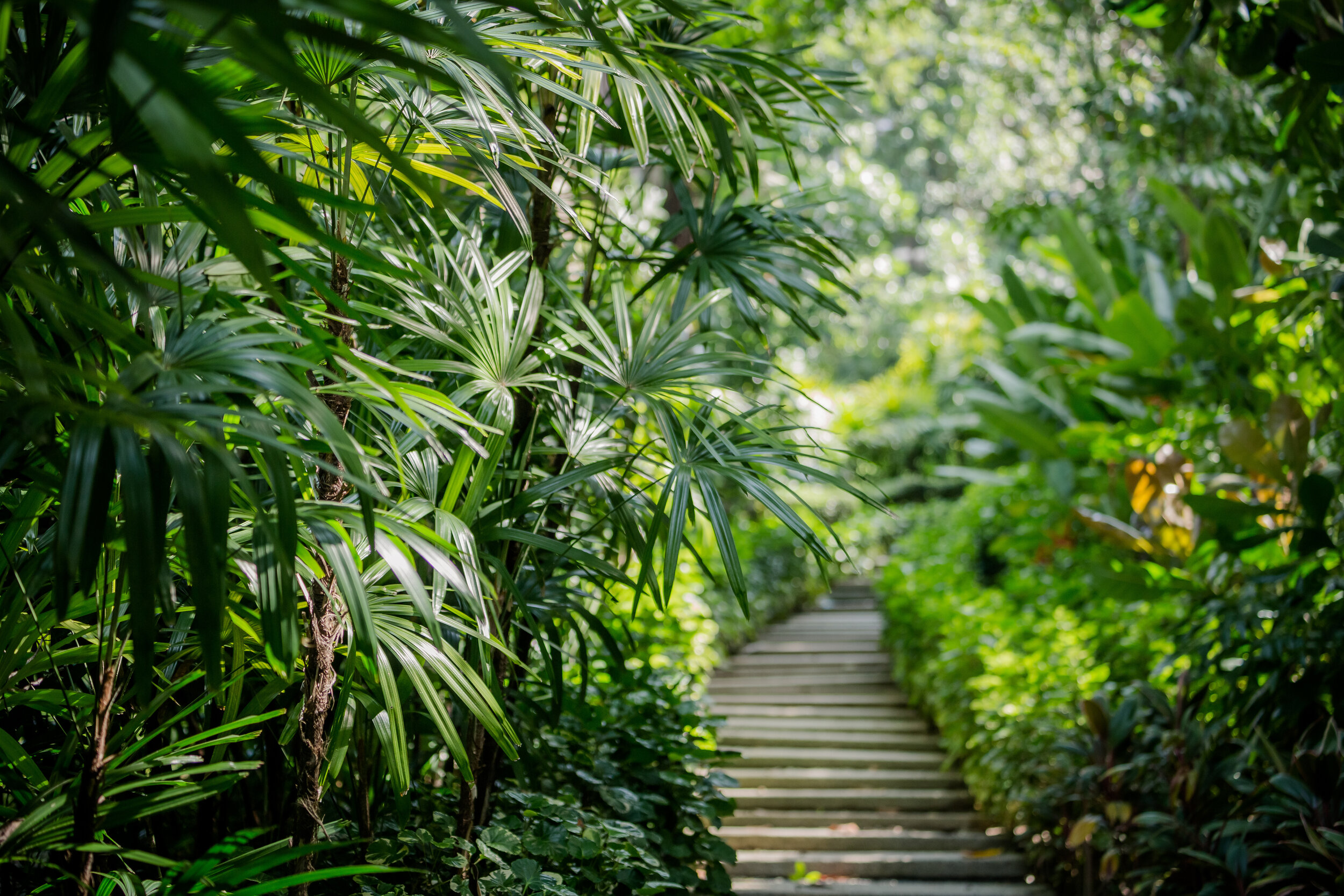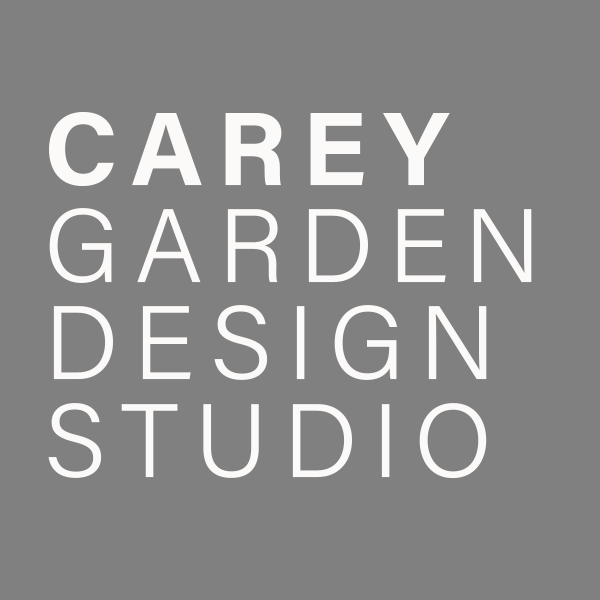
Garden Styles
Below are some common garden styles.
For each one we have created a Pinterest board for you to take a closer look. Use these as a guide, not a template. We design across all styles and we always ask our clients to think about what they like and why. It gives us a good starting point and an insight into your preferred shapes and colours. Don’t worry if you can’t choose - it’s our job to interpret your preferences.
-

Tropical
With a focus on foliage, often large, lush, and lavish foliage is the staple in most tropical gardens. Think all shades of green with a striking contrast of textures between large-leafed plants, those with long, slim fronds, and the lacy look of Ferns. Materials are often used to contrast this. Sleek lines, dark natural timbers or stone create a simple backdrop to make those greens pop!
-

Prairie
The word ‘prairie’ literally means grassland – however, the term as a garden style has come to include not only grasses and flowering perennials but many other combinations of plants that require the same growing conditions. Drifts and swathes of plants create a naturalistic look. Materials are light in colour and lines are softened by the spilling over of grasses.
-

Formal
Often with a clear structure, the use of geometric shapes and in most cases a symmetrical layout - the formal garden is said to be the opposite of ‘naturalistic’. However, there are lots of ways to achieve a formal look. Take a look at our Pinterest board to see the variety and range across the ‘Formal’ garden style.
-

Cottage
This, often informal style, features traditional materials, dense plantings, and a mixture of ornamental and edible plants. Typically English in its origin, it is often associated with quaint cottages or period properties. However the Cottage Garden has its place in many other situations and is loved for its deep swathes of curated colour and delicate structure.
-

Contemporary
Following the principle that the garden is ‘an extension of your home’, contemporary style is usually geared around dining, entertaining and creating a harmony between the house and garden. Think raised beds, geometric shapes, decking and inviting seating areas. Clean lines and luscious planting designed to contrast against an uncluttered backdrop.
-

Japanese
This style consists of four essential elements: rocks, water, plants, and traditional ornaments (or focal points). Although often wrongly applied as a ‘theme’ (which can appear quite artificial) the key principles of asymmetry, enclosure, borrowed scenery, balance and symbolism - when done well - work together to create beautiful, peaceful spaces.
More styles to come…

